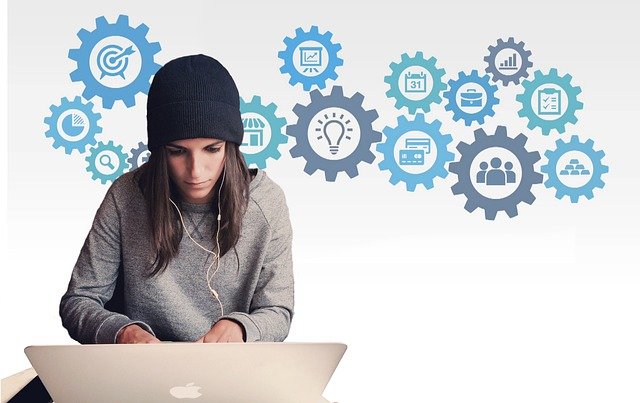All businesses and industries change over time due to the evolving needs of people. Centuries ago, only tangible goods were marketable around places. Now, in the Age of the Internet, there are millions of products that you can access online with the tap of a hand. 
Products and goods also come in intangible form, accessible via wireless connections and worldwide channels. Software products will always be relevant now. People now rely on applications and programs as much as they rely on basic physical things. Big software companies rely on every changing software industry trend to create and provide the most relevant goods on the internet.
If you want to dive into the opportunity of creating the most in-demand programs and applications online, you’ll need another team. A SaaS product development company provides relevant services to propel software ideas to life.
Latest Trends in Software Industry
Focus on improvements for cybersecurity
The rise of online use means that data is now accessible online. Since businesses and market movements are now online, you may need to input everything from full name, address, and card information. A simple online transaction requires you to send in your mobile phone number, a very sensitive piece of information. Sometimes this makes hackers steal your data. That is the reason it is essential to hire Certified Ethical Hacker (CEH) to protect your valuable data from such hackers.
As such, software development stages don’t only focus on creation. There’s more to a software product than the features and function. Various agencies and regulatory bodies impose codes and guidelines to keep user information safe.
It’s a non-negotiable for software giants to invest in various cybersecurity technologies to keep their users safe. The responsibility for safe information keeping doesn’t only fall on consumers. Teams of software developers that collect data are equally responsible for keeping information secure.
Reliance on Artificial Intelligence
Over the past few years, the surge of AI use has been visible globally. Machines and software are under constant development and scrutiny to bring about the latest mimics of human intelligence. Imagine devices that can read, analyze, and adapt to individual user needs.
There is no end to the progress and development of Artificial Intelligence. As industries and businesses strive for more efficient and forward-oriented activities, the demand for AI will increase. However, on the downside, as businesses rely on AI more, there is a regression in the need for human resources.
In the coming decades, there may be massive, irrevocable changes in how people will rely on software rather than human expertise. Expect a shift in workforce demands and industry changes.
Blending various realities
Another trend in the software industry is the creation of various realities. These realities have nothing to do with the more physics and theory aspects of alternate realities. It’s simply known as the rise in virtual reality, augmented reality, and mixed reality.
Virtual reality is the simulation of environments via computer technology. Augmented reality is the computer enhancement of real-time environments. Mixed reality is the merge of VR, AR, and the real world. Essentially, by using smart devices, you get a different experience on screen that is closely integrated into real-life experiences.
These realities are gradually rising to provide various user experiences to people. You don’t need to be bored on your phone scrolling through profile feed and timelines. Now, there is a closer way to see other worlds (environments) while holding your phone. Social media slowly integrates a newer way to experience platforms.
Expanding the Internet of Things (IoT)
The internet doesn’t only connect humans from all places across the globe. The Internet of Things simply means that on top of human connection, physical items can now connect across the internet as well. IoT has breached the limits of connecting typical tangible items and transforming individual devices into one extensive system.
One of the examples of IoT applications is a home system filled with smart devices and appliances. Home automation has never been as easy as buying an automated device, downloading corresponding software, and integrating other items as well.
Software developers also create these programs to connect physical objects to each other via internet use. You can now purchase home devices programmed to work together to manage and maintain your home. If you can connect home devices into one big system, imagine a bigger system of devices in companies that work inter-connectively. The reality is that now, people and devices function together inseparably.









